Quick, easy and a little magical – this kid’s science experiment with ice is simply too cool not to do. The classic activity challenges little magicians scientists to lift an ice cube using only a string and salt. With serious wow factor, this science experiment is a simple, fun way to learn about salts’ effects on the freezing point of water.
Looking for more fun science kids will beg to repeat? Check out our 30 Science Experiments (complete with a no prep journal to record results) in our shop!
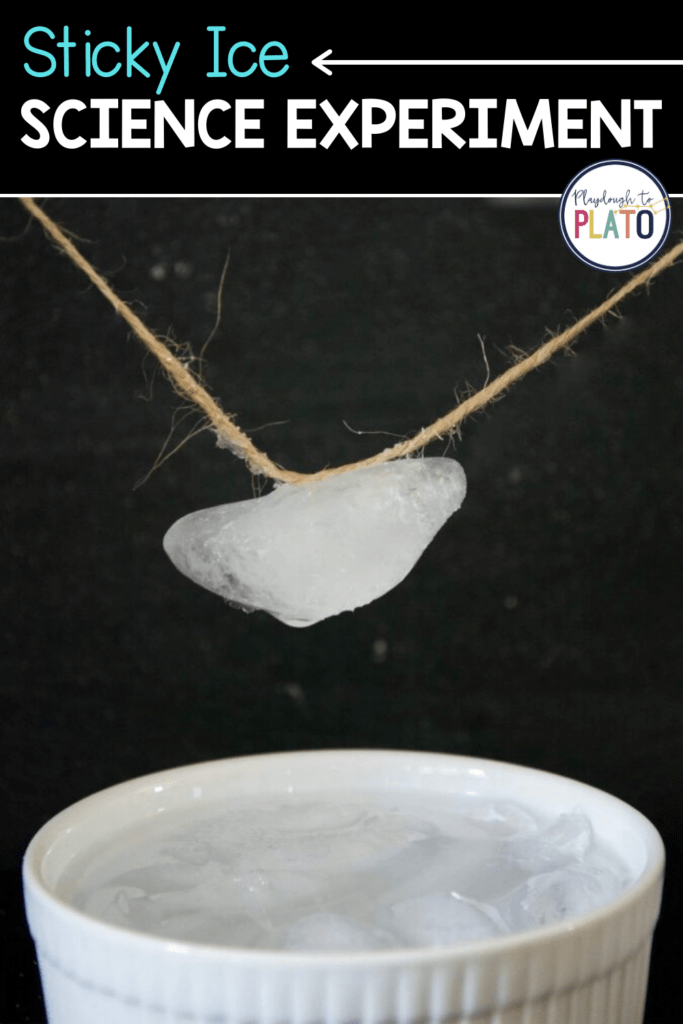
Getting Ready
Oh how I love simple activities – and this one delivers. I quickly grabbed a piece of string and three bowls. Next, I filled one bowl with a little water, one with ice and one with salt. Then, we were ready to make some ice experiment magic!
Ice Science Experiment
I called my 5 year-old over and asked her is she could lift a piece of ice from a bowl of water using only the string. I could tell she thought I must be up to something as she giggled and shrugged. I had her place a few ice cubes in the water and handed her the string. She placed it in the bowl and tried to lasso a cube without success.
Next I passed her the bowl of magic powder salt and asked her what she thought would happen if she sprinkled it on the ice. Having recently used salt to make homemade ice cream, A told me it would melt the ice. “Let’s see,” I replied. A sprinkled on the salt and it indeed melted the ice.
Next, I had A place the string on the ice and sprinkle salt over the string. Now came the hard part, waiting! We counted together to help pass the time.
“…58, 59, 60!” A carefully lifted the string with the utmost concentration and – voila!
I think her face says it all! She was so intrigued we repeated the magical ice science experiment 4 more times. While we waited during the other experiments, I explained to A what was happening we talked about other ways people use salt to melt ice (ice on roads, making ice cream), and whether the size of the salt would have an effect on the ice.
The Science Behind Sticky Ice
The salt sprinkled on the ice causes it to start melting, just as salt added to icy roads does in winter. Water freezes at 32 degrees F (0 degrees Celsius) but when salt touches the ice, it lowers the freezing point to much lower than that. In order for the ice to melt, however, it has to absorb heat. The heat that it absorbs comes from what’s around it, which in this case was the water near the ice cube. Some of this water becomes so cold that it refreezes and the string becomes trapped. The string is now stuck and you can lift the cube out of the water.

Extensions
- Try using different sized salt {rock salt, epsom, and table salt} to see if has an effect on the time it take the water to refreeze around the string.
- Try using a different type of salt {sodium bicarbonate aka baking soda} to see if it is as effective as table salt {sodium chloride}
- Set up a control bowl of just ice and water as well as the salty ice water, use a thermometer or simply your finger to see if the addition of salt lowers the overall water temperature.
- Use salt and ice to make homemade ice cream.
P.S.
Be sure you check out our awesome 30 Science Experiments just for kids!



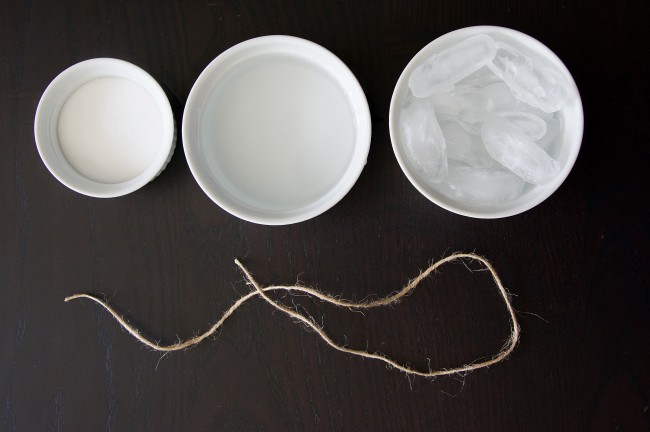
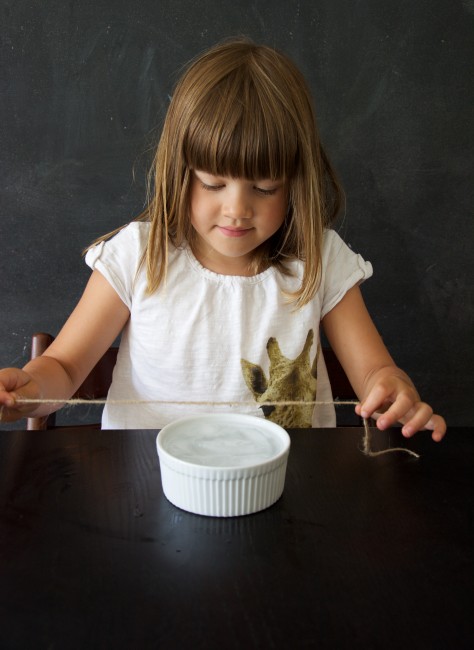
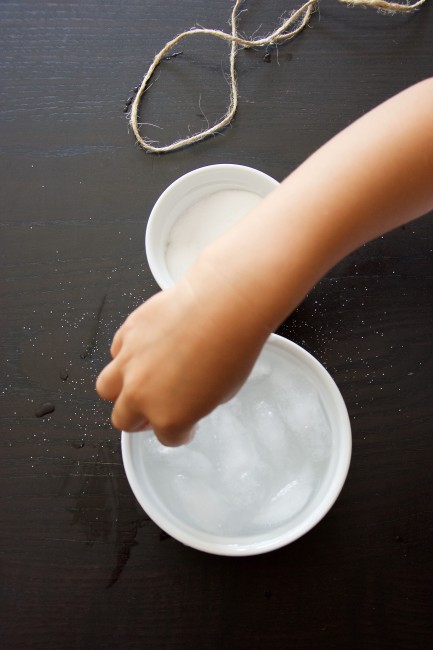
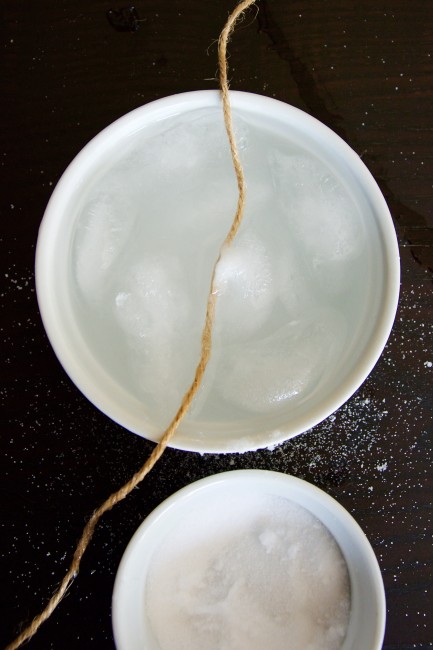
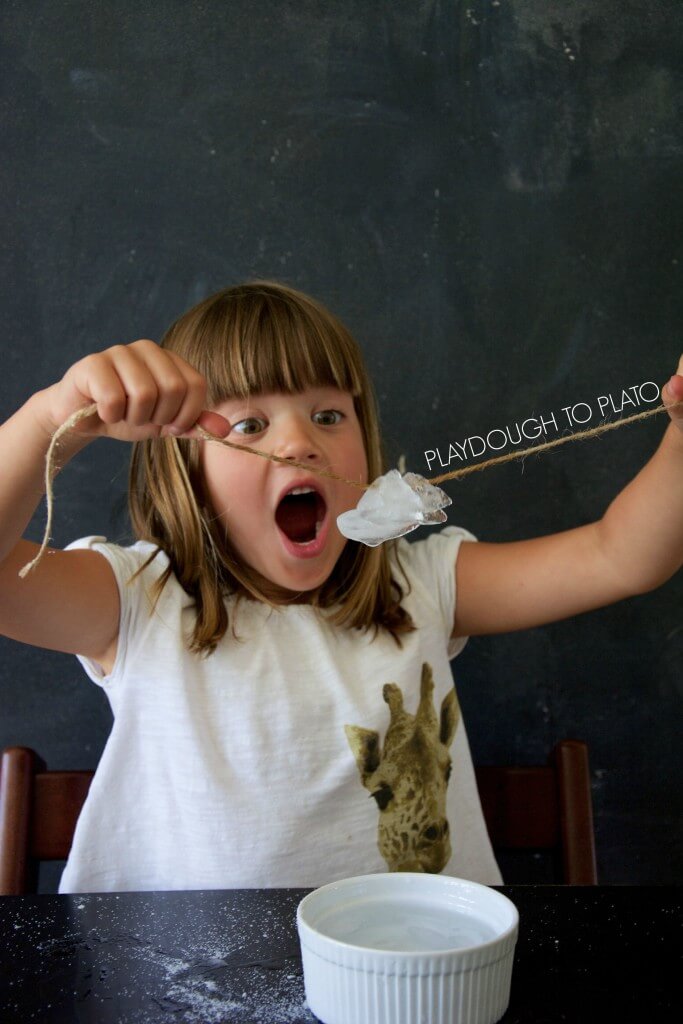
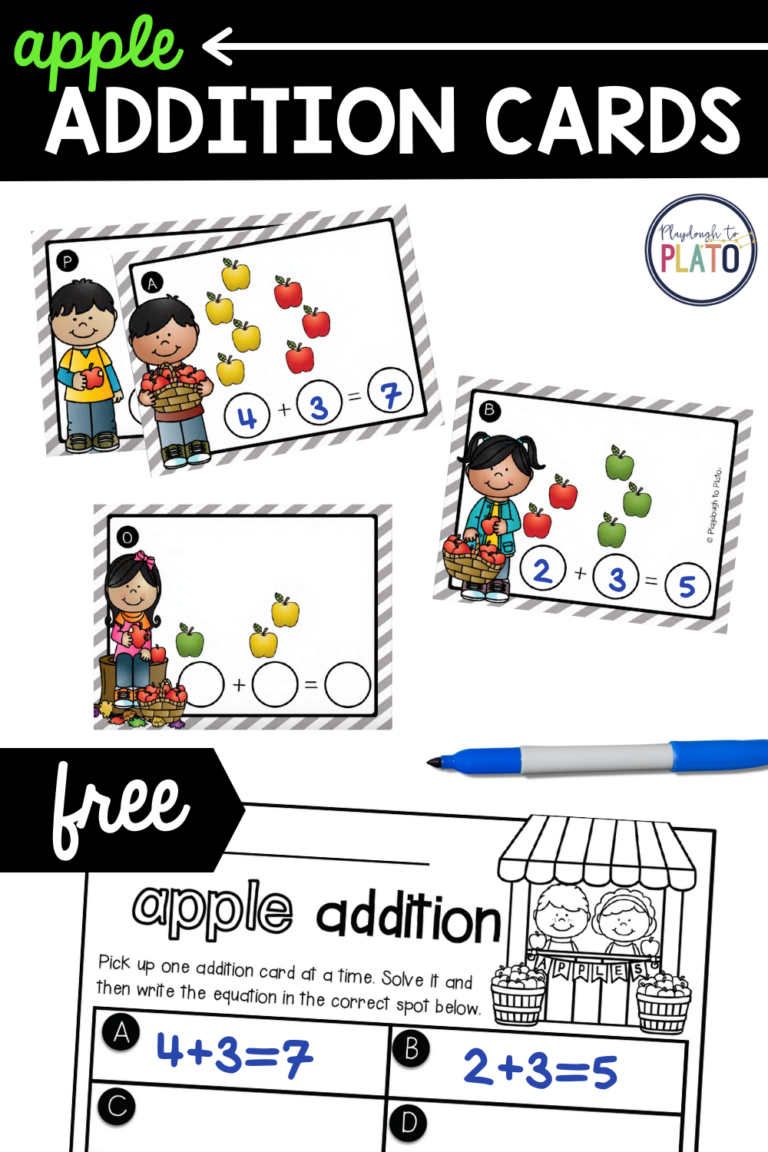



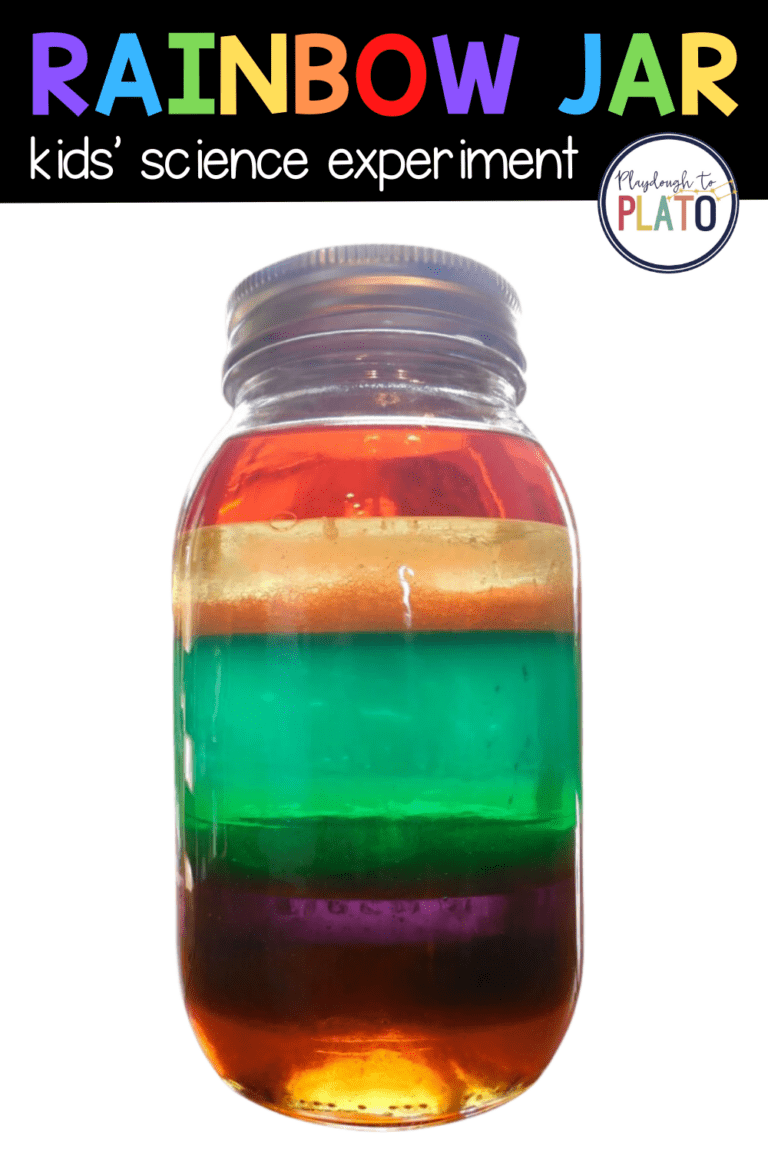

67 Comments